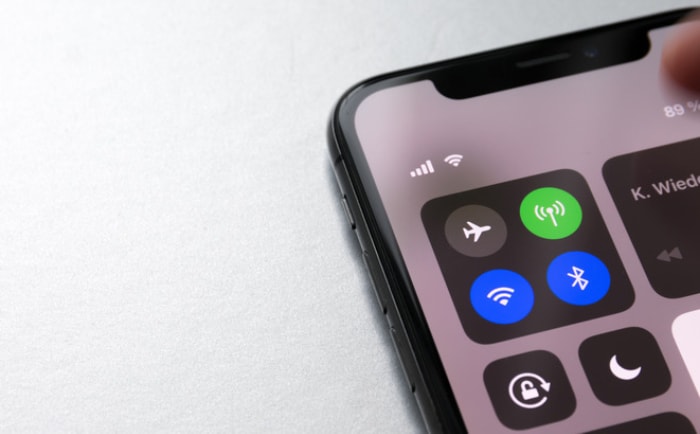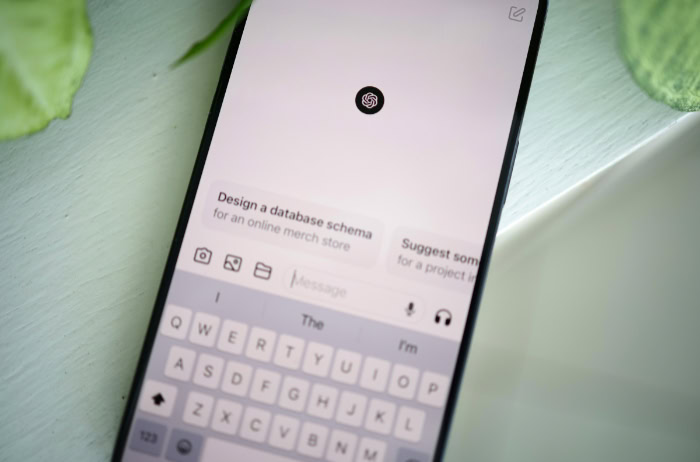5G vs. 4G: Speed, Coverage, and Real-Life Benefits

Choosing a mobile network these days is about far more than just picking between fast and faster. With 4G long established as a trusted standard for billions, and 5G promising dramatic improvements in speed, responsiveness, and innovation, the decision can feel more confusing than ever.
For consumers and businesses alike, knowing what separates these two generations can influence everything from day-to-day streaming to launching cutting-edge tech solutions.
Technical Specifications
Wireless technology continues to advance rapidly, offering greater speeds, lower delays, and improved overall performance with each new generation. Comparing 4G and 5G reveals more than just a simple upgrade, as both standards rely on different methods to deliver mobile internet to your device.
The technical differences between these two generations affect how you experience everything from streaming movies to online gaming and connecting smart devices.
Speed
4G introduced a leap in mobile speed, enabling seamless streaming, faster web browsing, and efficient downloads with theoretical peaks around 100 Mbps. In practice, users often experience speeds between 20 to 50 Mbps depending on network congestion and location.
This performance made HD video streaming and social media effortless for most users.
5G technology massively boosts those numbers, promising theoretical peak speeds up to 10 Gbps. Real-world experiences might vary but often reach several hundred Mbps or even top 1 Gbps in some urban areas.
This speed increase means 4K video streaming, ultra-fast downloads, and cloud gaming become smooth and nearly instantaneous, opening doors for richer content and real-time applications unimaginable just a few years ago.
Latency
Latency, or the delay before a command triggers a response, shapes how smooth internet activities feel. 4G networks typically operate with latency ranging from 30 to 50 milliseconds.
For general browsing and video, this is sufficient, but it can feel slow for fast-paced gaming or real-time communication.
5G dramatically reduces latency, with average response times dropping below 10 milliseconds and sometimes even as low as 1 millisecond under optimal conditions. Such responsiveness is critical for activities like online gaming, augmented reality, and remote surgery, where every millisecond counts.
Quicker reactions mean users notice less lag and more seamless interactions in applications that demand real-time precision.
Bandwidth and Frequency
Bandwidth and frequency determine how much information the network can transmit at once and which areas it can reach. 4G operates primarily in the sub-6GHz spectrum, which balances decent data speeds with the ability to travel through walls and cover vast areas.
This combination made 4G easy to deploy across cities, suburbs, and rural regions.
5G networks split usage between two frequency types: sub-6GHz and millimeter wave (mmWave). The sub-6GHz band allows for broader coverage and better building penetration, similar to 4G, though with improved speed.
The mmWave spectrum, on the other hand, offers unprecedented bandwidth for incredibly high speeds and capacity, perfect for stadiums, city centers, or crowded events. However, mmWave signals have their Achilles’ heel, as they struggle to penetrate walls or cover long distances, making them most practical for dense urban environments.
Devices must also be equipped to handle these higher frequencies, often requiring more advanced antennas and chipsets.
Coverage and Network Availability
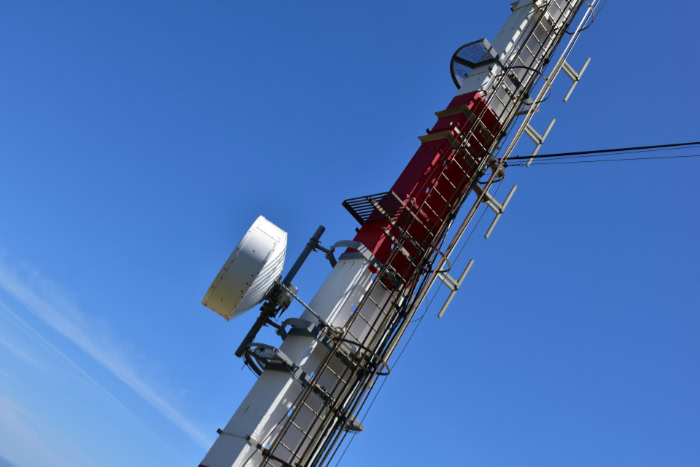
Availability and reach make a significant difference in how smoothly people can connect, stream, and interact with mobile devices. While both 4G and 5G offer wireless connectivity, the physical spread and infrastructure behind each technology lead to very different real-world performance.
Considering how the signal reaches you, and how networks are built and managed, reveals why some users may notice dramatic changes after upgrading, while others may not.
Geographic Reach
4G remains the backbone of mobile connectivity for much of the world. Years of investment in nationwide and even cross-border networks have brought reliable 4G service to cities, small towns, highways, and even many rural and remote areas.
Travelers often rely on 4G’s ability to offer strong service in a wide variety of environments, from city centers to countryside roads.
5G started with an urban focus, targeting high-density areas where new technology can deliver the most noticeable improvements. The first 5G rollouts appeared in large cities, business districts, and major venues where higher speeds and greater user capacity bring immediate benefits.
Rural and less populated areas still rely predominantly on 4G, though some carriers have started extending 5G’s reach to suburbs and smaller towns as networks mature. As a result, users in metropolitan areas can experience the full power of 5G, while those further out may need to wait before such upgrades become accessible.
Infrastructure
The backbone of any mobile network depends on its physical infrastructure. 4G networks largely run on tall macro towers spaced miles apart, each covering a wide area.
Thanks to their broad reach, these towers are more practical for spreading coverage over large territories with relatively low population density, which is why 4G quickly achieved wide adoption.
5G, especially at higher frequencies like mmWave, requires a new approach. To deliver its promised speeds and low latency, 5G relies on small cells, which are compact antennas placed much closer together than traditional towers.
Small cells are often attached to lamp posts, utility poles, or building rooftops. In urban environments, this dense network allows 5G to overcome signal barriers and serve many users simultaneously.
However, deploying so much equipment is costly and time-intensive, making it less feasible for immediate, widespread rural coverage.
Hybrid Networks
Transitioning to new technology doesn’t happen overnight. Many current networks operate in a hybrid mode, allowing both 4G and 5G to work seamlessly together.
In most cases, 5G launched using a Non-Standalone (NSA) approach, where 4G infrastructure handles some of the network’s core tasks while 5G handles data transmission for faster speeds and lower latency. This mixed mode helps carriers roll out 5G rapidly without rebuilding entire networks from scratch.
Standalone (SA) 5G networks represent the next step, using entirely new infrastructure built specifically for 5G features and performance. As these networks expand, users will eventually experience the full potential of 5G.
For now, hybrid deployment helps bridge the gap, ensuring a smooth experience even as you move between 4G- and 5G-covered areas.
Device Compatibility and Cost Considerations
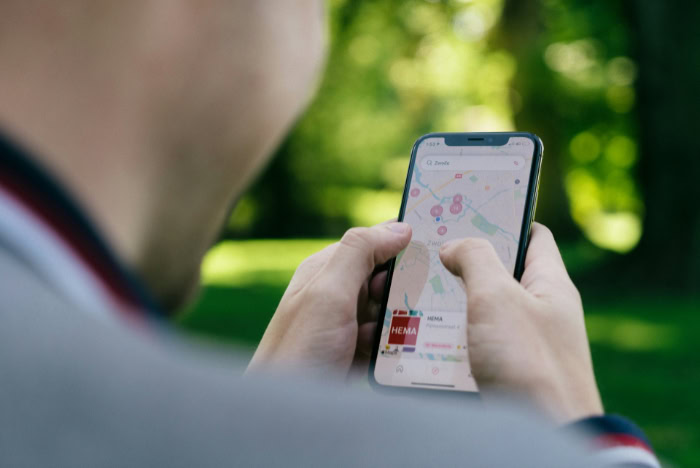
Upgrading to new network technology often means making choices about devices and monthly expenses. 4G and 5G networks may seem similar on the surface, but the hardware inside your phone or tablet and the plans offered by carriers can be quite different.
Hardware Requirements
Most people use devices built specifically for 4G, which feature LTE modems and antennas designed for those frequencies. These phones, tablets, and modems perform reliably on 4G networks but cannot access 5G speeds or special features without hardware upgrades.
Modern 5G-ready devices come equipped with dedicated 5G modems and, often, multiple antennas to handle a wider range of frequencies, including sub-6GHz and mmWave. Investing in a 5G device also means preparing for future enhancements, since newer updates and features will focus on 5G standards.
People holding onto older 4G-only phones will still enjoy solid service in most areas, but they will not benefit from the increased speed, lower latency, or advanced features that 5G delivers.
Plan Pricing
Mobile data plans have adjusted as 5G networks have become more common, introducing new pricing tiers and packages. 4G plans remain widely available, typically at more affordable rates and with fewer premium features.
Carriers often reserve their best speeds, increased priority, and additional perks for customers who upgrade to 5G plans.
5G plans sometimes cost more, especially in regions where 5G coverage is strongest and demand is high. Included data allowances may be higher, and unlimited data plans are often promoted heavily to highlight the speed advantage.
For budget-conscious users or those who rarely need ultra-fast speeds, sticking with 4G options can still be a practical choice. Those who stream high-resolution video, participate in cloud gaming, or require constant connectivity may notice the difference and see greater value in 5G offerings.
Real-World Applications
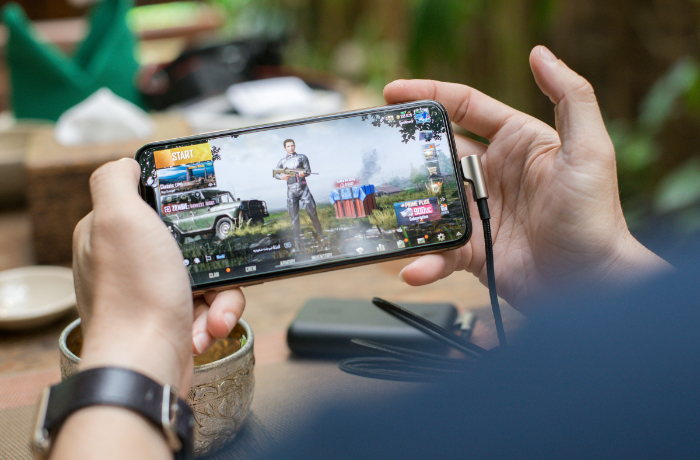
While numbers and technical specifications offer some insight, the true impact of 4G and 5G is most apparent in everyday use. From how people stream their favorite shows to the way entire industries operate, network capabilities shape the kinds of experiences technology can deliver.
Consumer Use
Entertainment habits have changed with each advance in wireless connectivity. 4G networks made it possible for viewers to watch HD video almost anywhere and enabled online gaming that felt smooth and lag-free for most titles.
For many, buffering and slow downloads became things of the past.
5G takes entertainment a step further by supporting 4K and even 8K video streaming with minimal buffering, even in crowded areas. Gamers benefit from lower latency, making fast-paced mobile games and cloud gaming platforms far more responsive.
Virtual and augmented reality experiences, which require high bandwidth and ultra-low delays to feel immersive, become not only possible but enjoyable over 5G. With these improvements, users notice shorter load times, fewer interruptions, and a richer, more interactive experience no matter where they are.
IoT Ecosystems
The rise of smart homes, wearables, and connected appliances means that more devices demand a stable and fast connection. 4G networks handle moderate numbers of connected gadgets, but their capacity is limited when households or businesses add dozens or hundreds of devices.
5G’s tremendous capacity allows entire ecosystems of interconnected devices to function smoothly. Smart thermostats, security cameras, health trackers, and industrial sensors can all operate simultaneously without overwhelming the network.
Increased reliability and reduced latency also ensure that these devices can respond to commands and transmit important data in real time. The result is a more efficient, automated environment at home, on the go, or in public spaces.
Industry Solutions
Advances in wireless technology have opened new avenues for industries that depend on speed, precision, and reliability. 4G networks supported remote work, basic telemedicine, and the beginnings of automation in factories.
Workers could access files on the go, and doctors could check in with patients without in-person visits.
5G expands those horizons dramatically. In healthcare, doctors can now assist with remote surgeries, controlling robots in real time and relying on lag-free video and data streams for life-saving decisions.
Self-driving vehicles use 5G’s speed and minimal latency to exchange information with traffic systems, other vehicles, and cloud servers, improving safety and navigation. Factories and warehouses rely on massive machine-to-machine communication, automation, and AI-powered analytics to boost productivity and responsiveness in ways simply not possible on older networks.
Challenges and Limitations
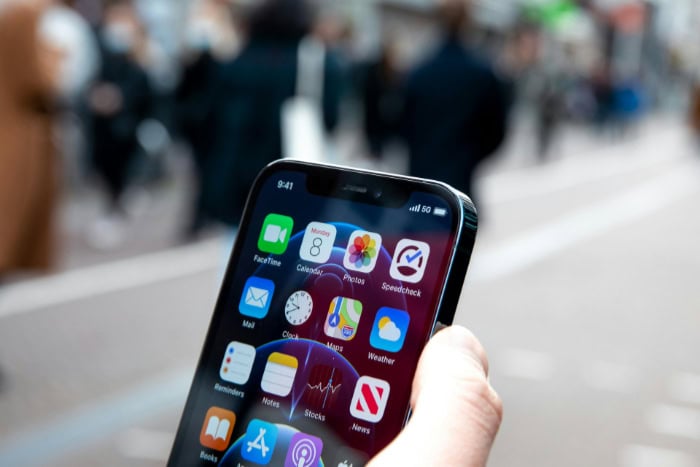
While 5G brings impressive advancements, it does not arrive without hurdles. Every leap in technology presents a new set of obstacles, and the transition from 4G to 5G is no exception.
Signal reliability, device requirements, and the logistics of rolling out new networks all play a role in how the next generation of connectivity is experienced by users worldwide.
Signal Obstacles
One of the biggest differences between 4G and 5G lies in signal behavior. 4G signals, especially those using lower frequencies, travel farther and pass through walls, trees, and other obstacles with relative ease.
In contrast, 5G, particularly at higher mmWave frequencies, faces significant challenges. Signals can be weakened or blocked entirely by building materials, thick walls, dense foliage, and even heavy rainfall.
Urban environments, filled with concrete and glass, can further disrupt the signal, while rural areas may struggle with coverage gaps due to distance and obstructions. As a result, consistent 5G coverage requires a higher density of antennas and network nodes to maintain strong and reliable connections.
Battery Consumption
Enhanced network capabilities can come at the cost of increased battery drain. 5G-capable devices often need to manage switching between different network bands and maintaining connections to more antennas.
These processes demand more power than typical 4G-only use. Early adopters have noticed their devices sometimes heat up quickly or require more frequent charging, especially in areas with inconsistent 5G coverage.
Manufacturers are addressing these concerns with improved battery technology and smarter software, but for now, users moving to 5G should factor in the possibility of shorter battery life compared to their experience with 4G.
Deployment Delays
Building a 5G network is far more complex and costly than the rollout of previous generations. Dense urban coverage depends on large numbers of small cells and upgraded existing infrastructure.
Regulatory approvals are often required for each antenna or small cell, introducing delays that can differ from region to region. Financial investment in equipment, licensing spectrum, and ongoing maintenance can slow down or limit how quickly 5G is available beyond major cities.
In many places, widespread 4G coverage will remain a crucial fallback long after 5G has arrived in select locations. The road to a nationwide or global 5G experience involves coordination between governments, service providers, and technology companies, all working to balance speed of deployment with cost and regulatory compliance.
Conclusion
Choosing between 4G and 5G means weighing the proven reliability of one generation against the groundbreaking potential of the next. 4G still offers dependable service and widespread coverage, making it an excellent option for everyday internet needs, especially in rural locations where networks remain robust and upgrades may be slower to arrive.
For users in smaller towns and remote areas, sticking with 4G ensures consistent performance for browsing, streaming, and staying connected.
5G stands out for its impressive speed, remarkably low latency, and innovations that reshape what’s possible with mobile devices and connected systems. Those living or working in urban centers, or anyone who relies on high-speed streaming, cloud gaming, or an expanding world of smart devices, will find 5G’s advantages both immediate and significant.
Early adopters in cities and technology-driven industries will benefit most from making the switch, as long as they’re ready for potential challenges around battery life and coverage gaps.
Ultimately, the best choice depends on your location, your device, and your digital lifestyle. Those needing rock-solid connections in more remote places may be best served by 4G for now.
Anyone eager to push the limits of what wireless technology can do, and who lives in an area with strong coverage, will find 5G’s promise hard to resist.

